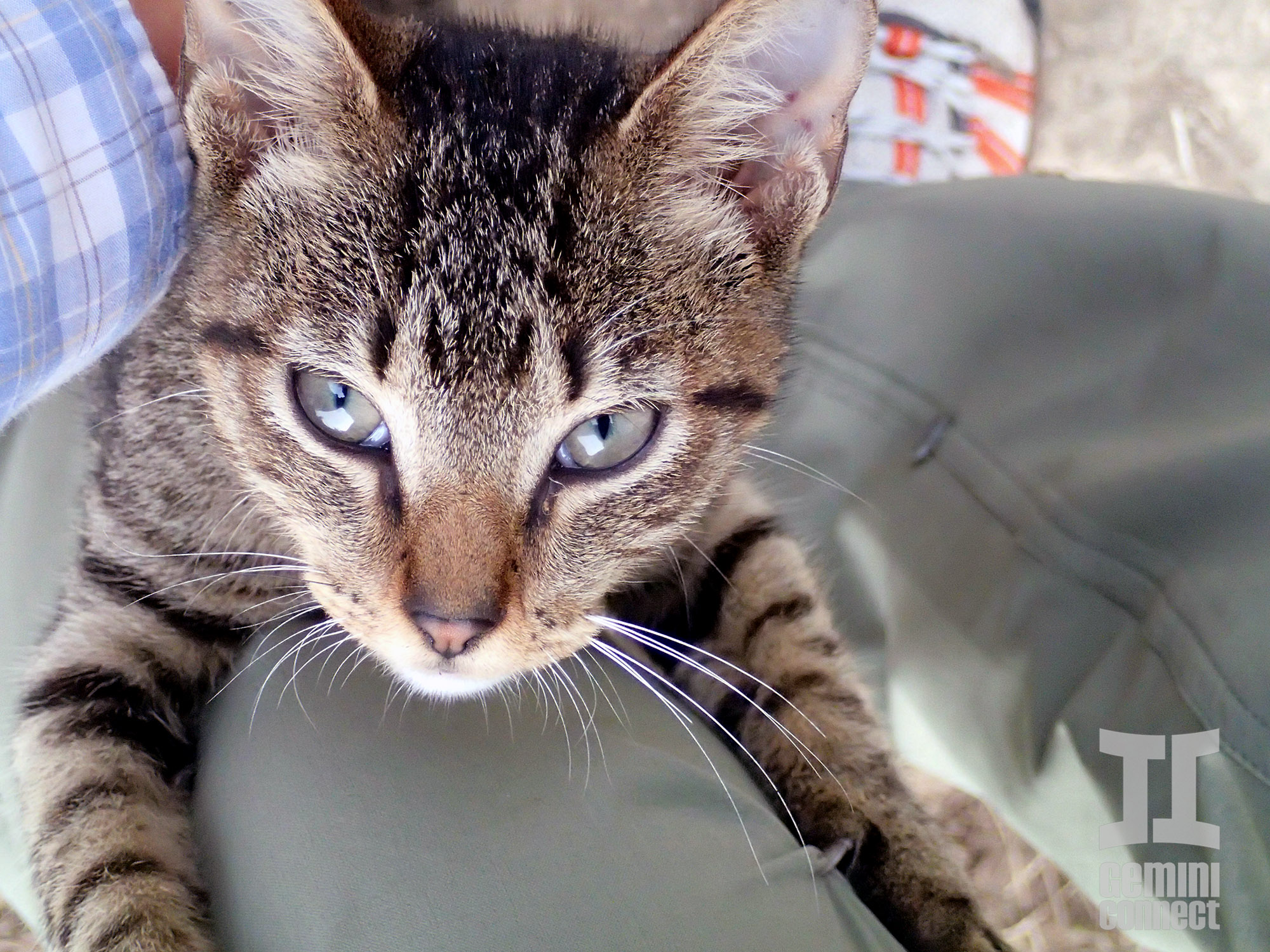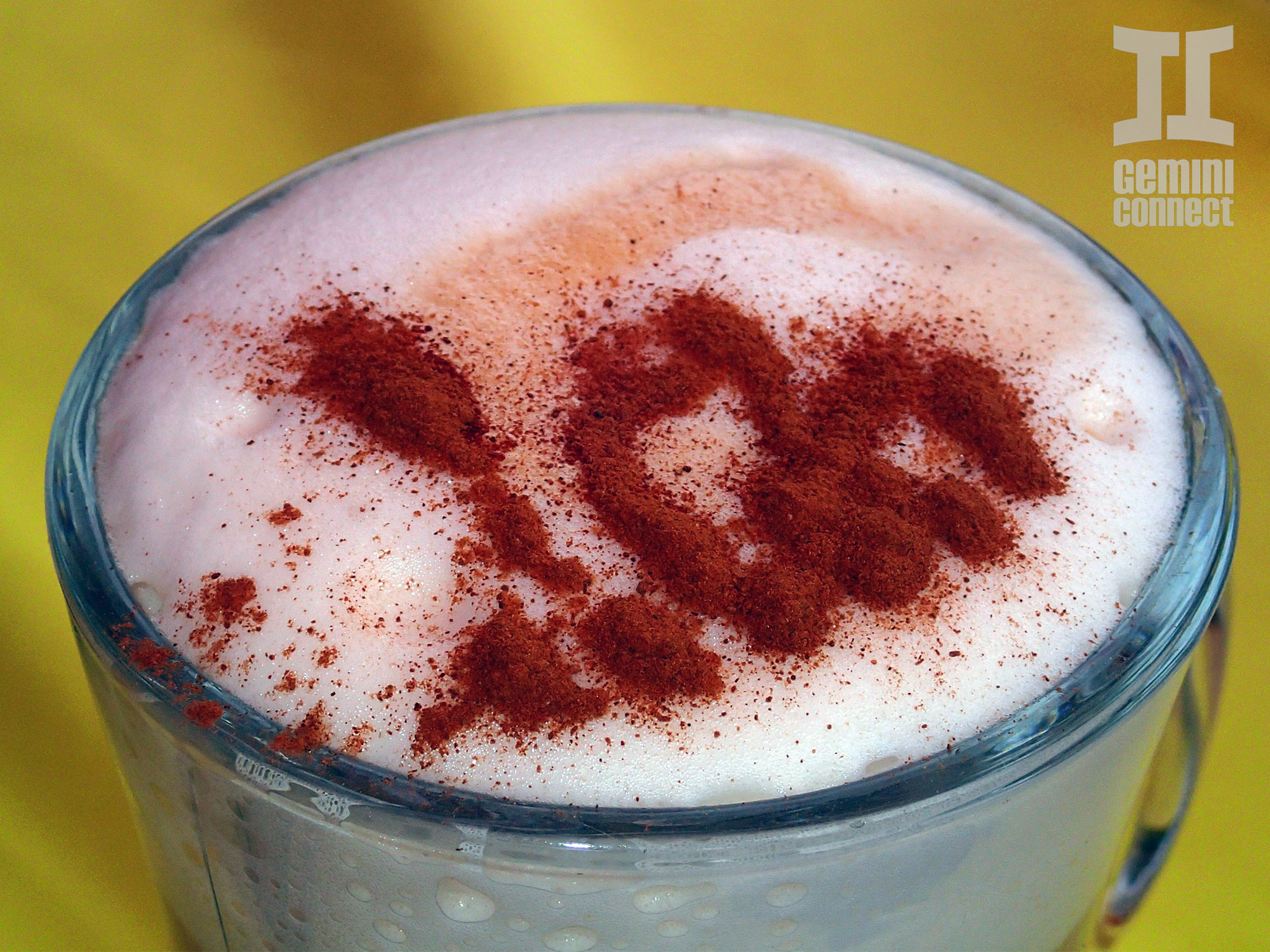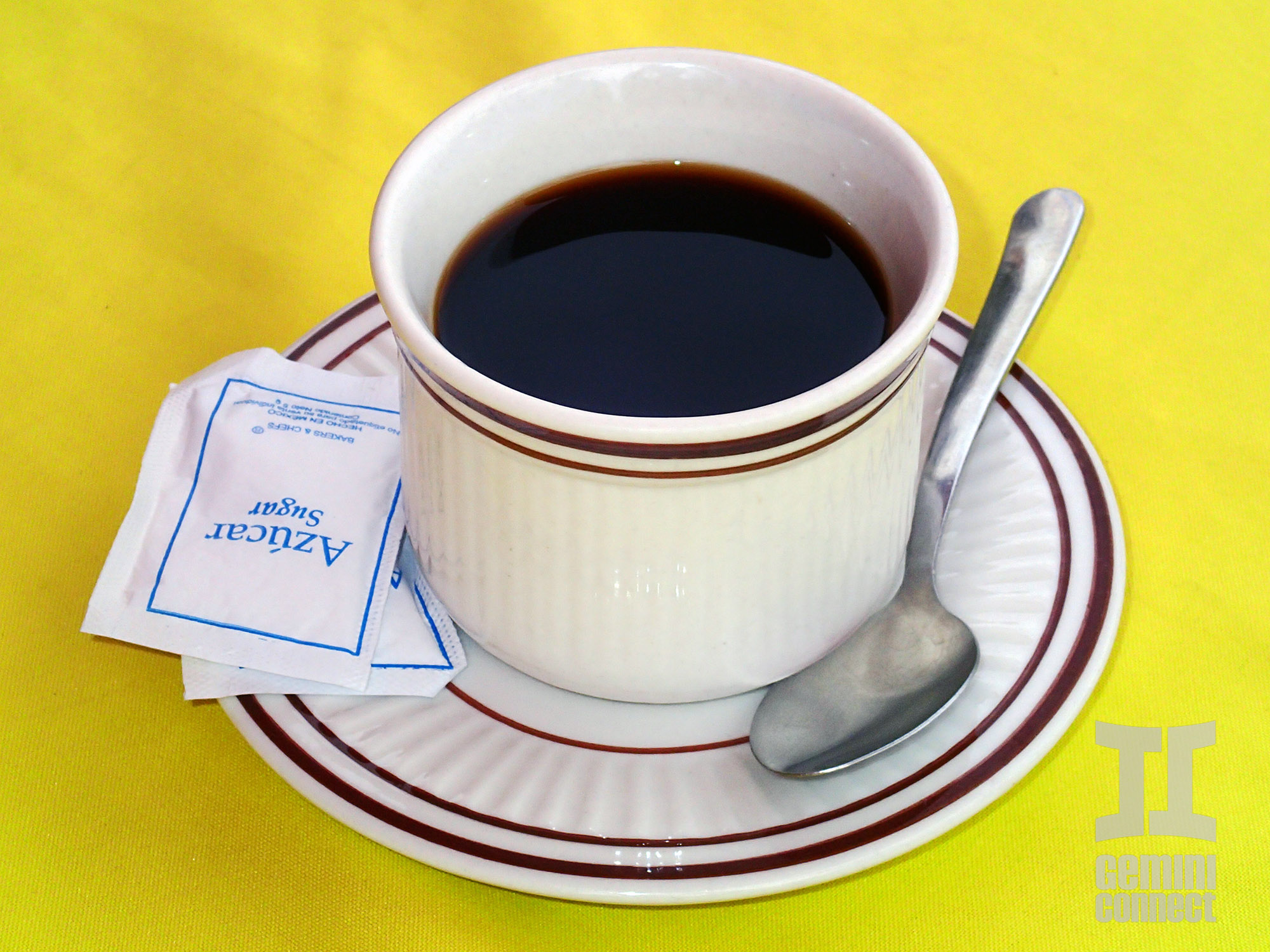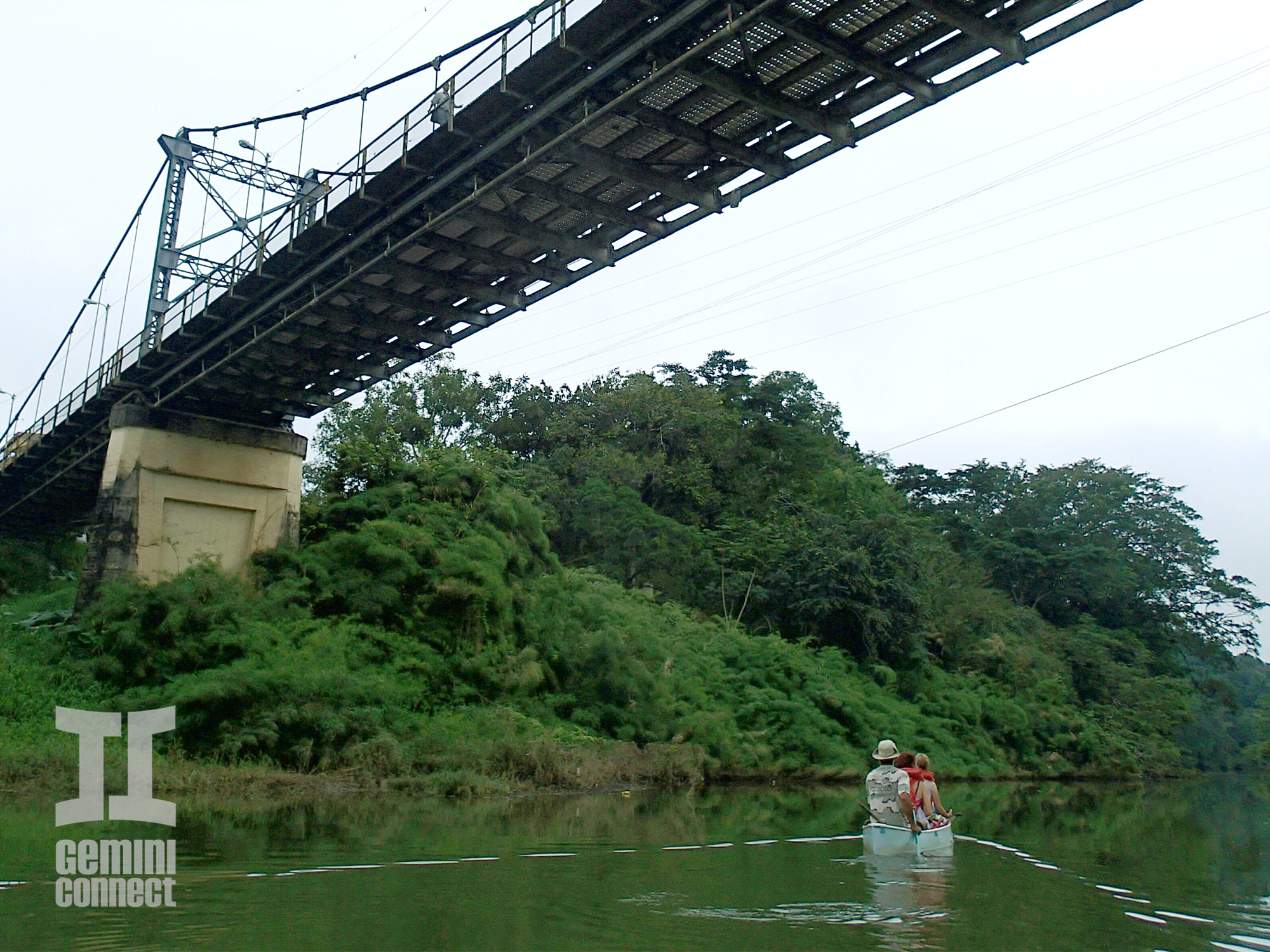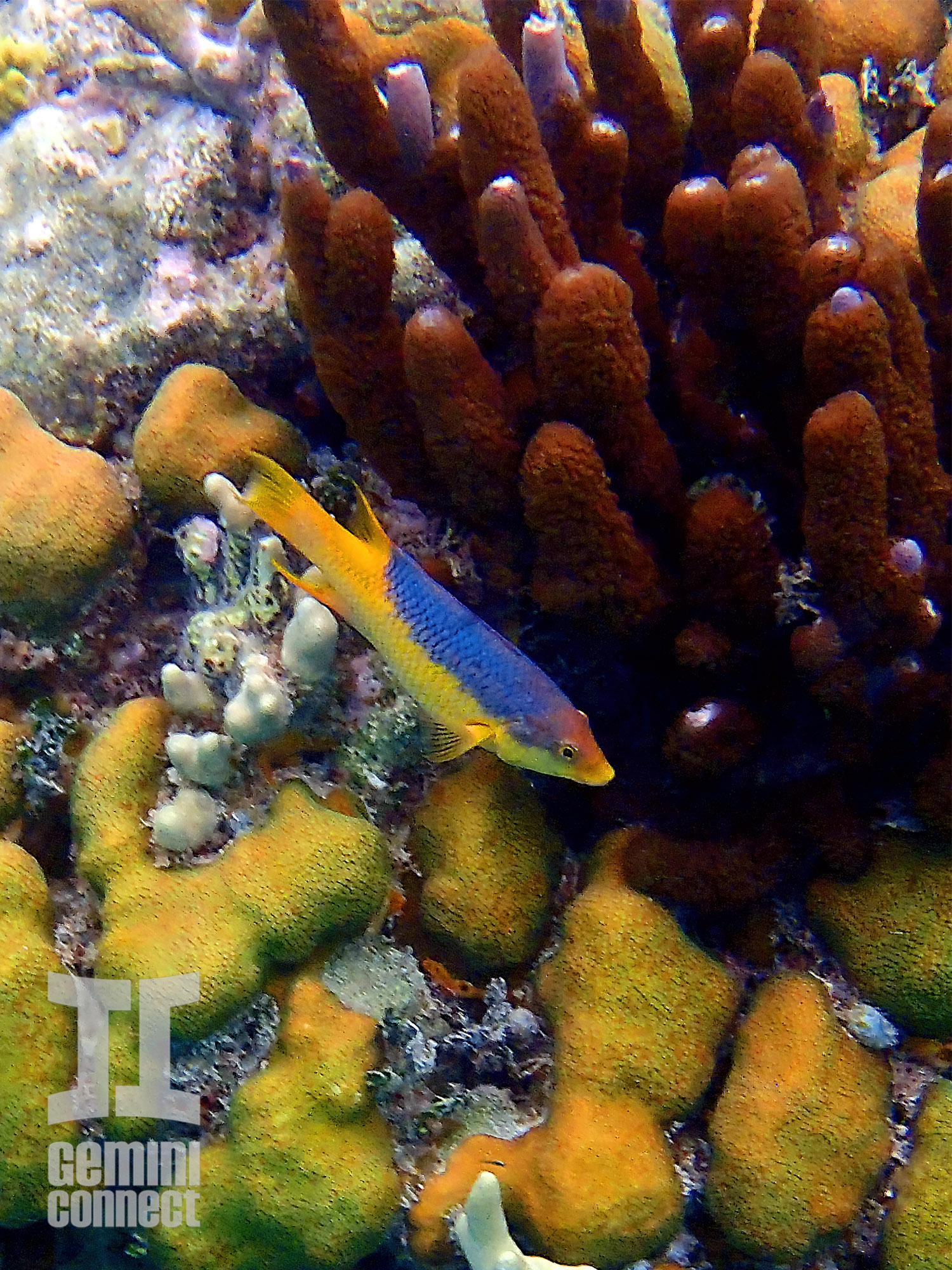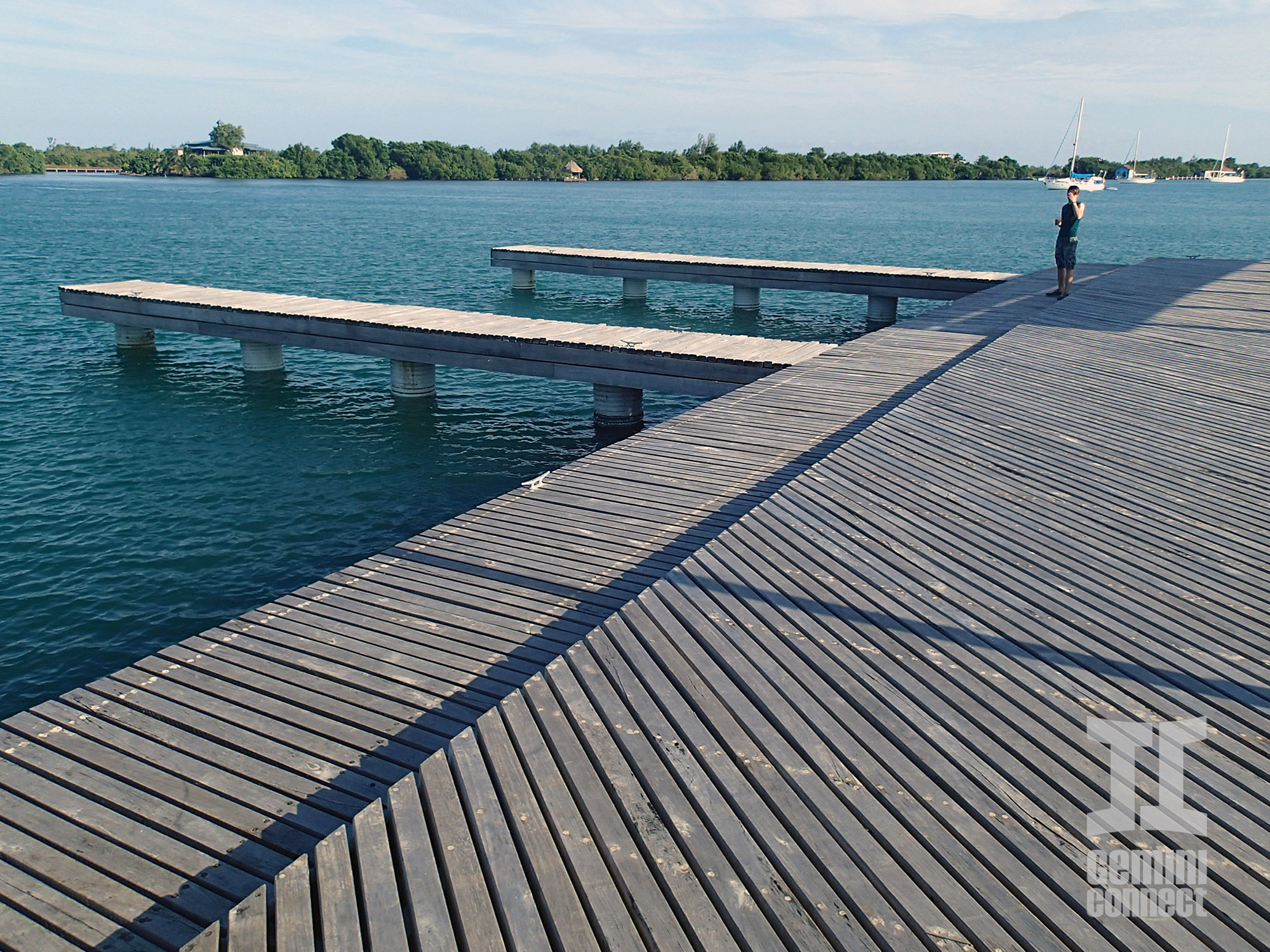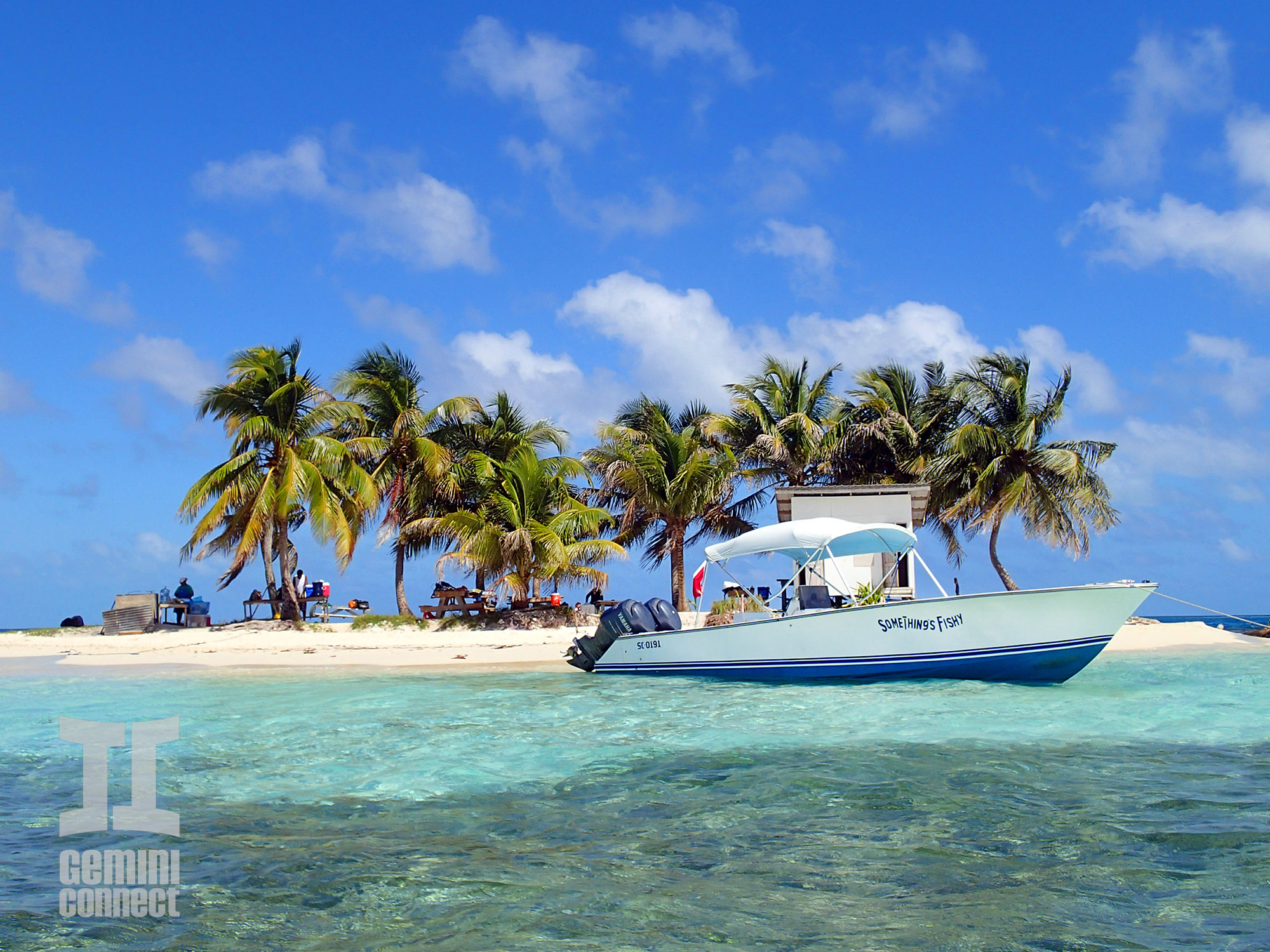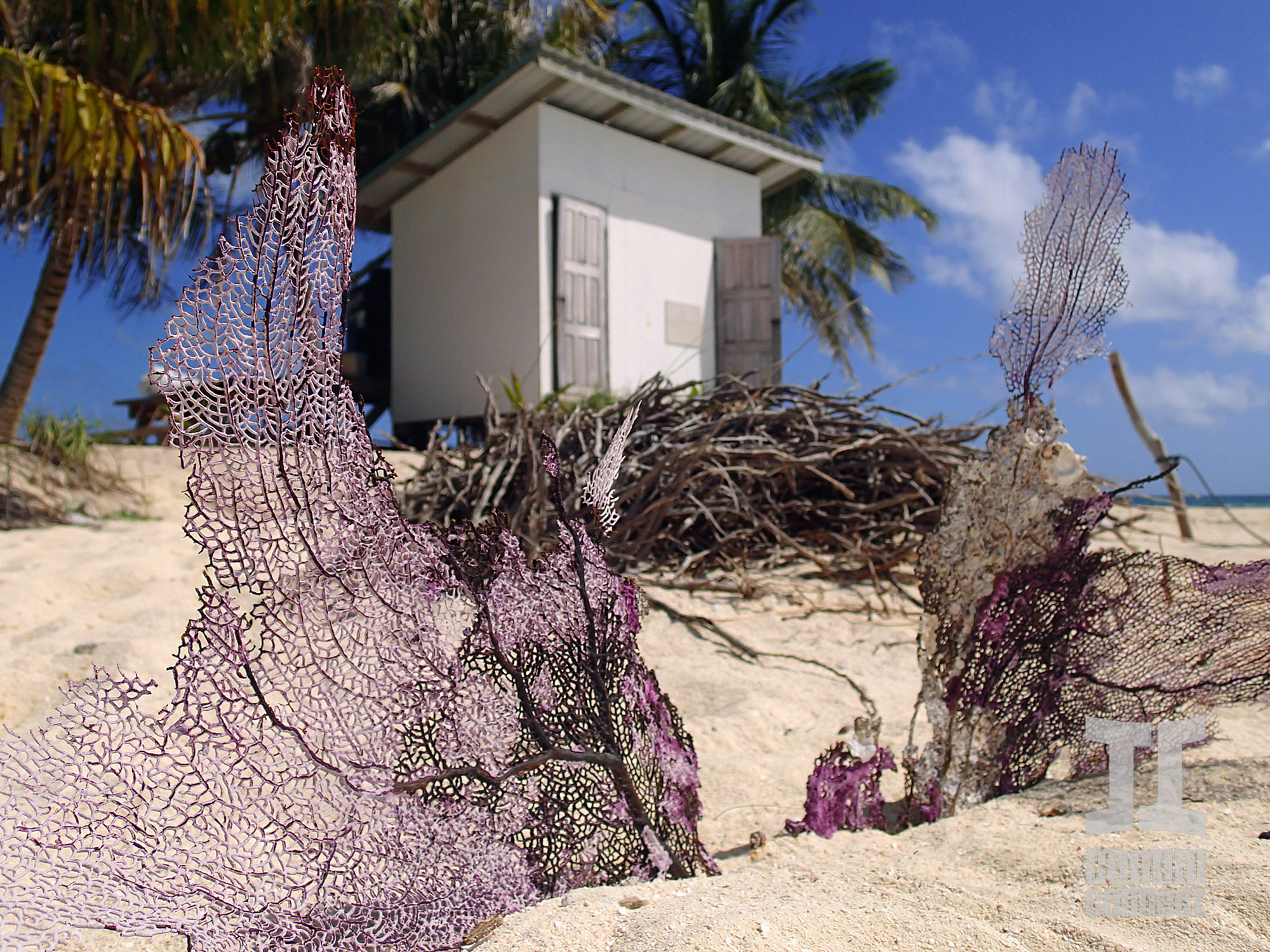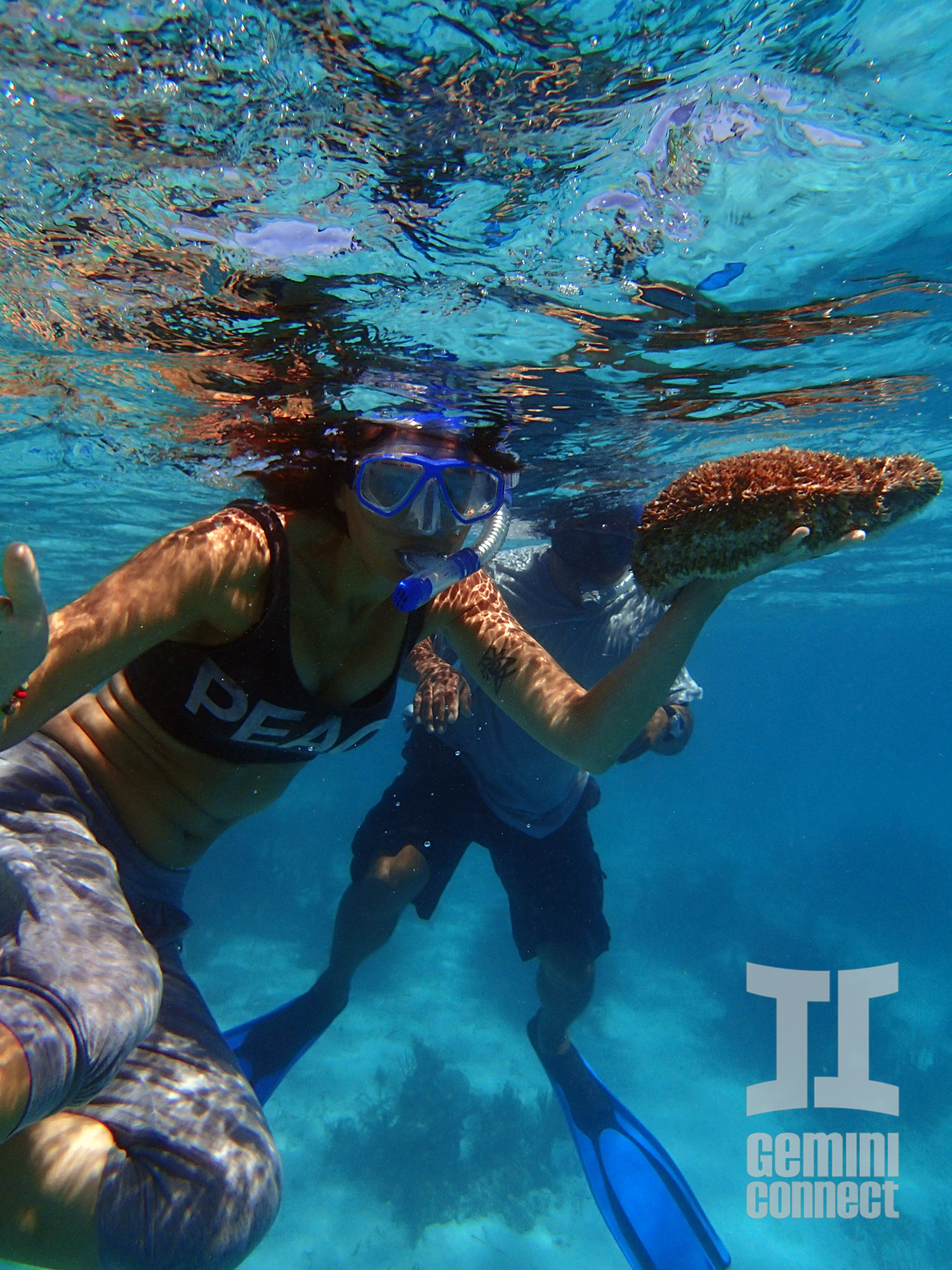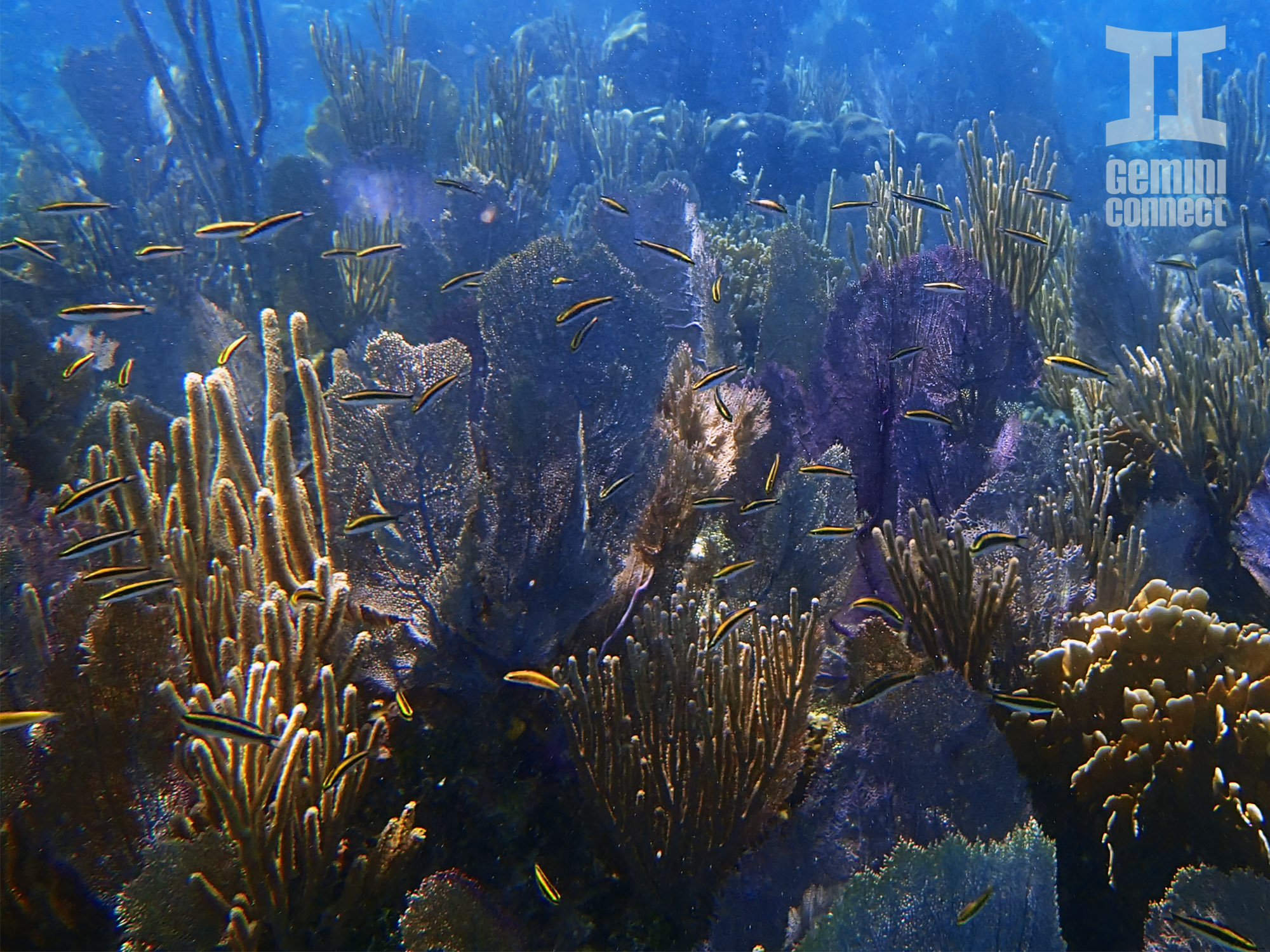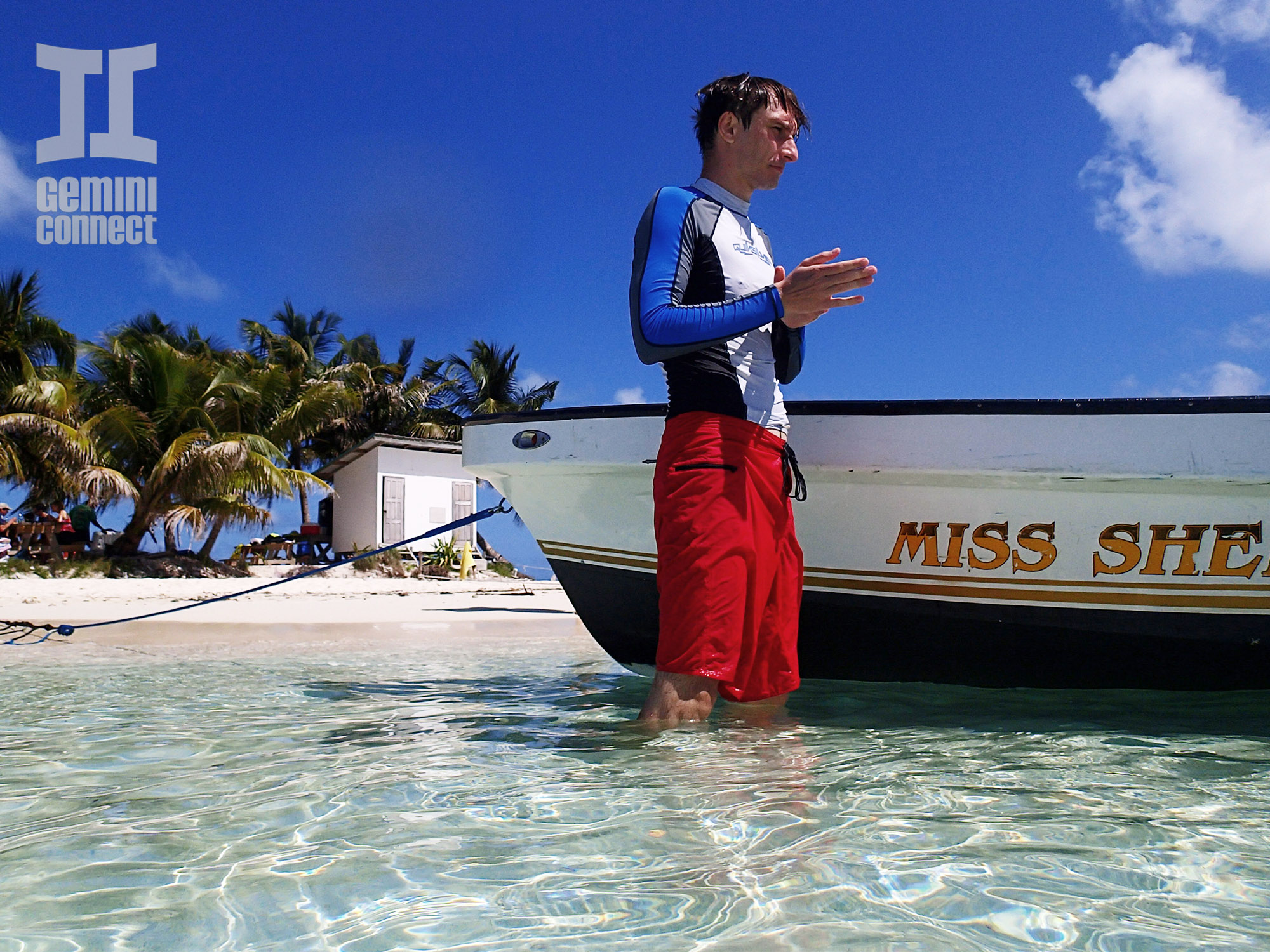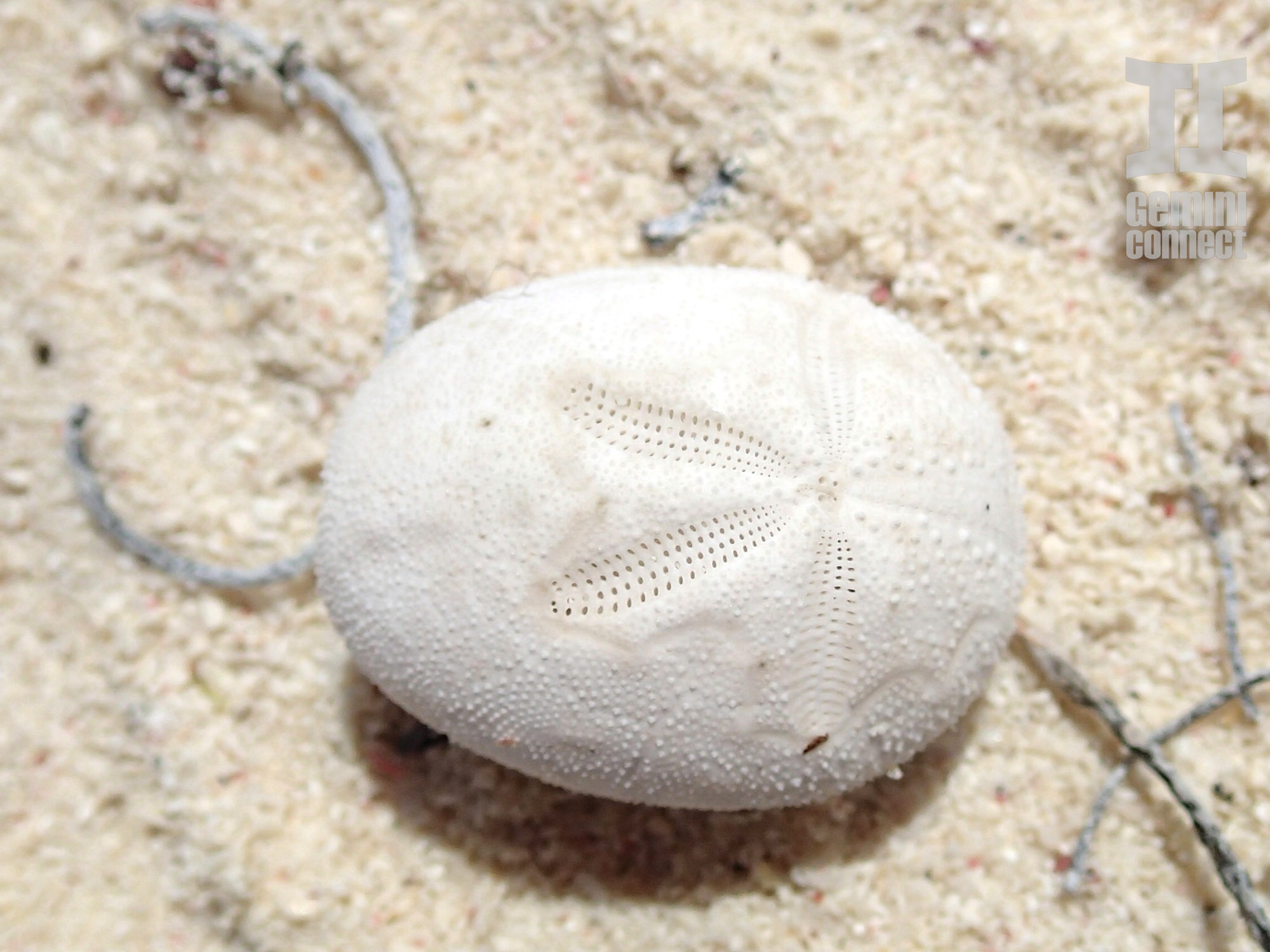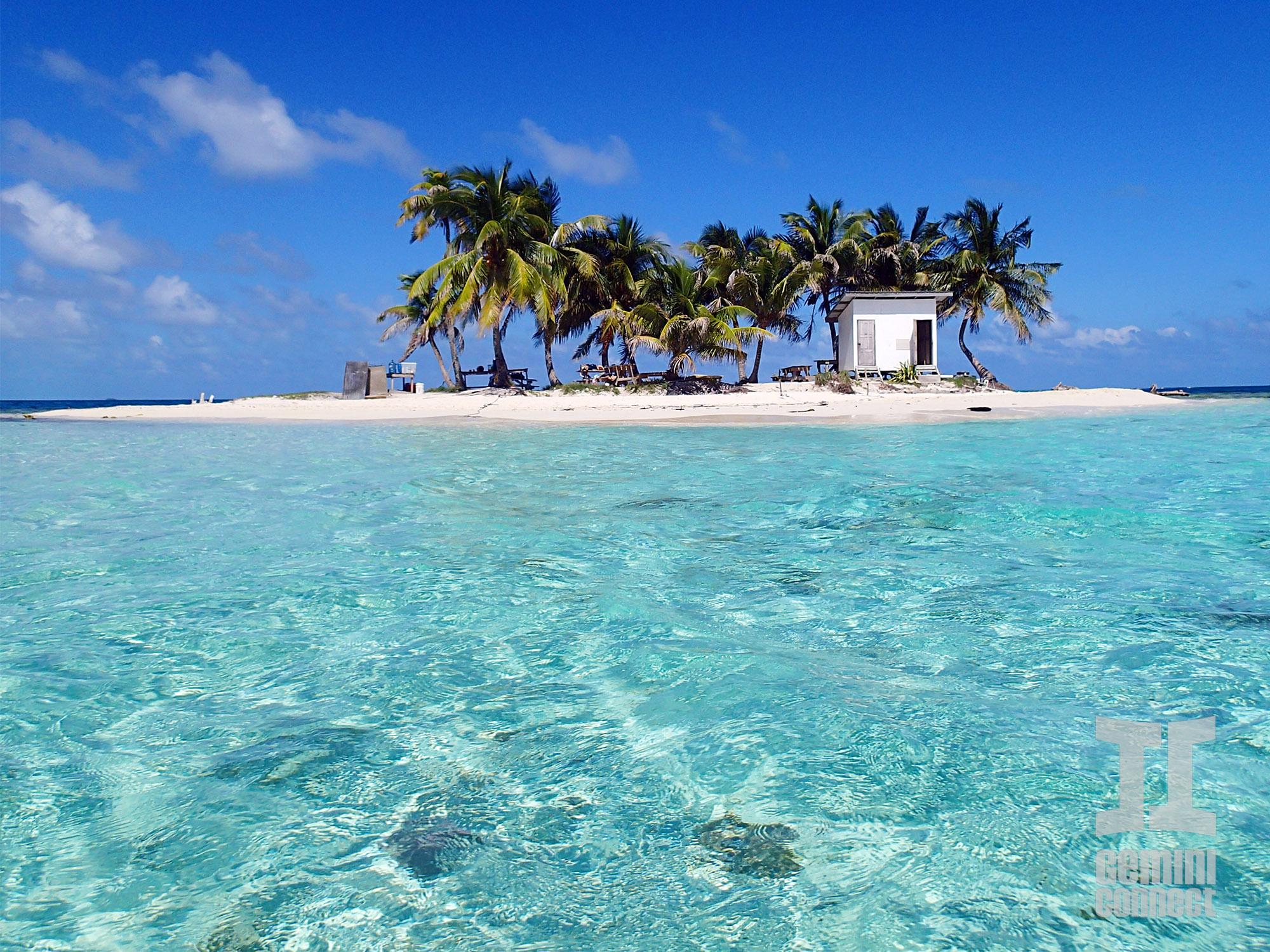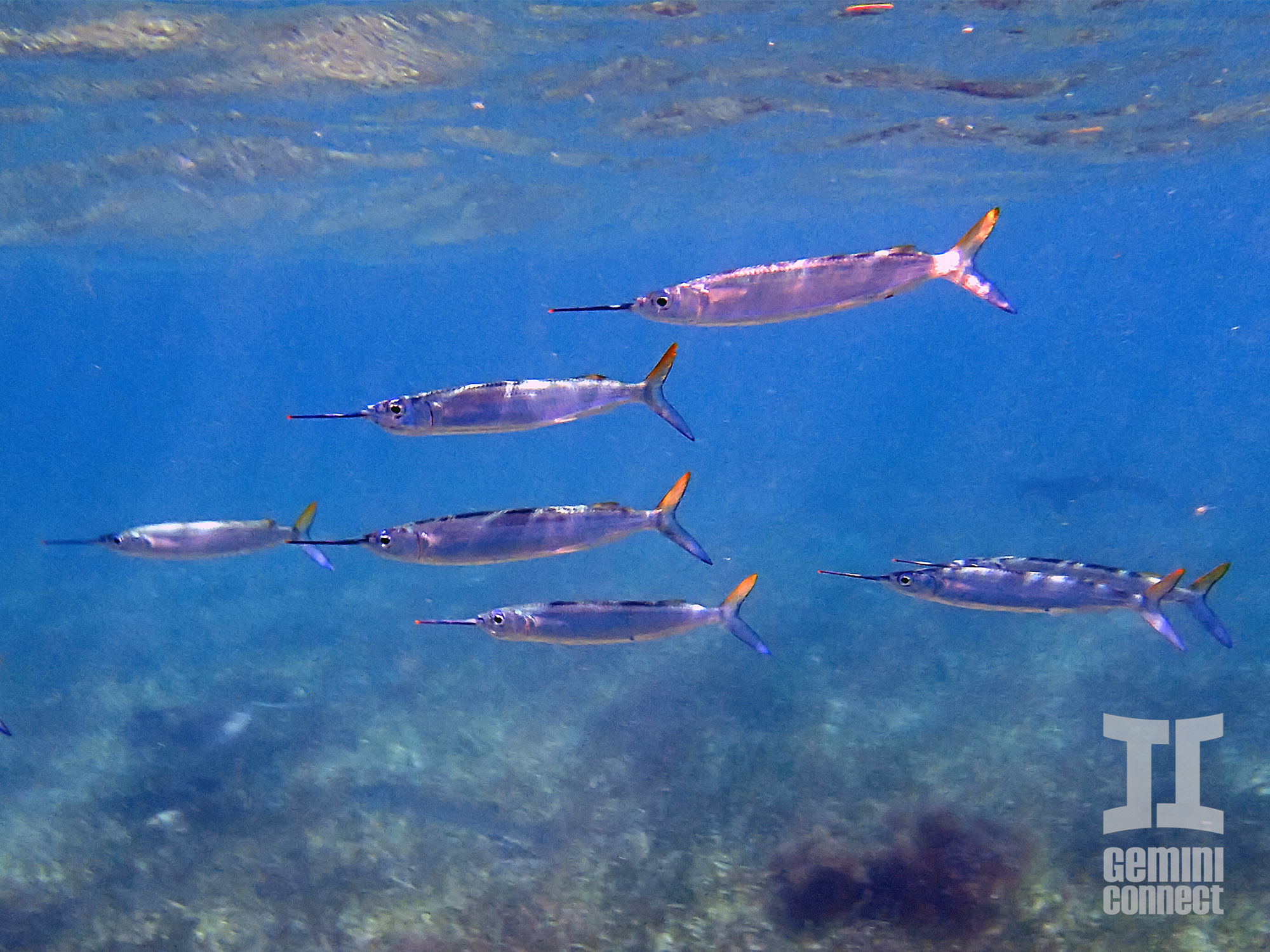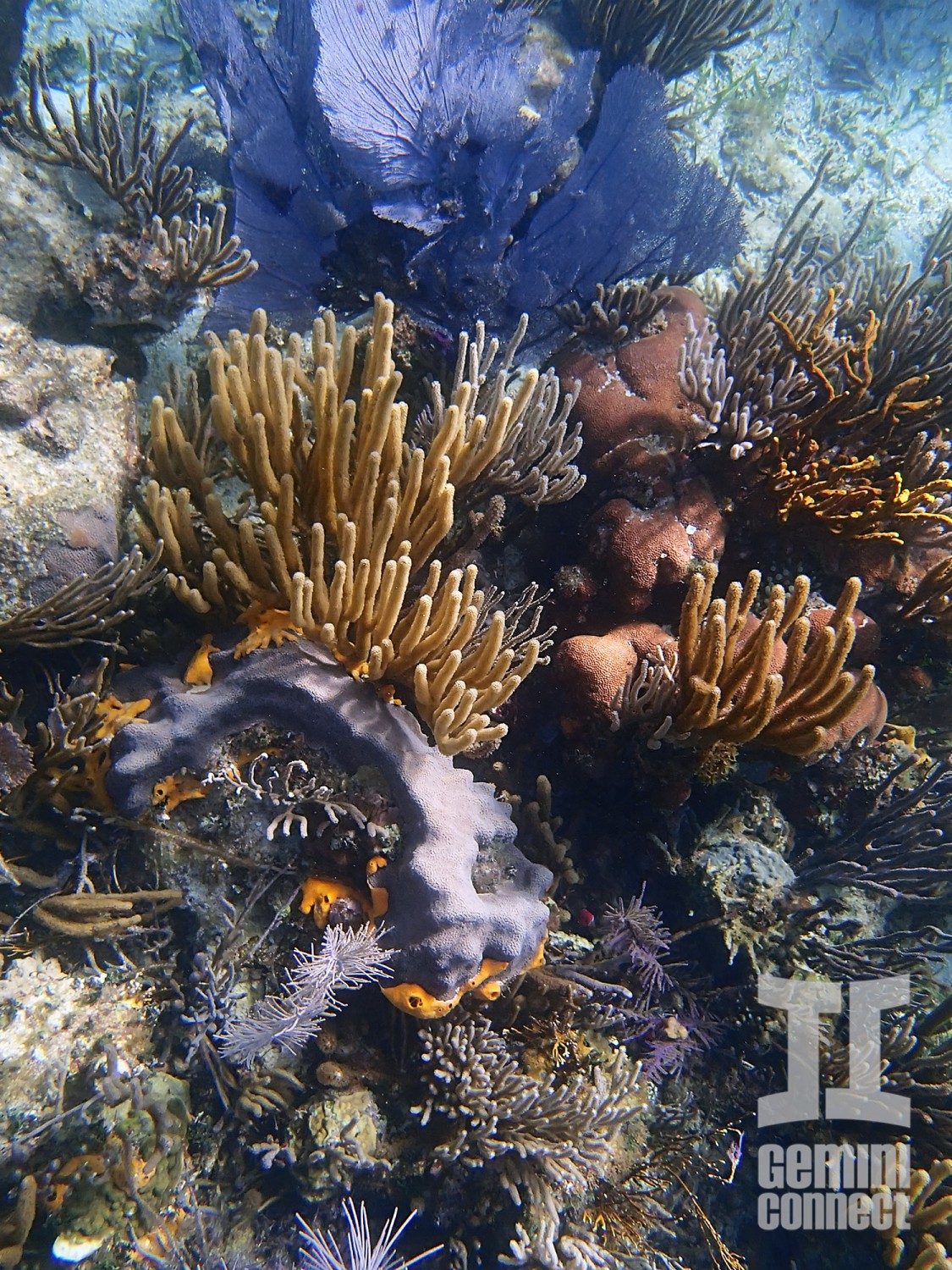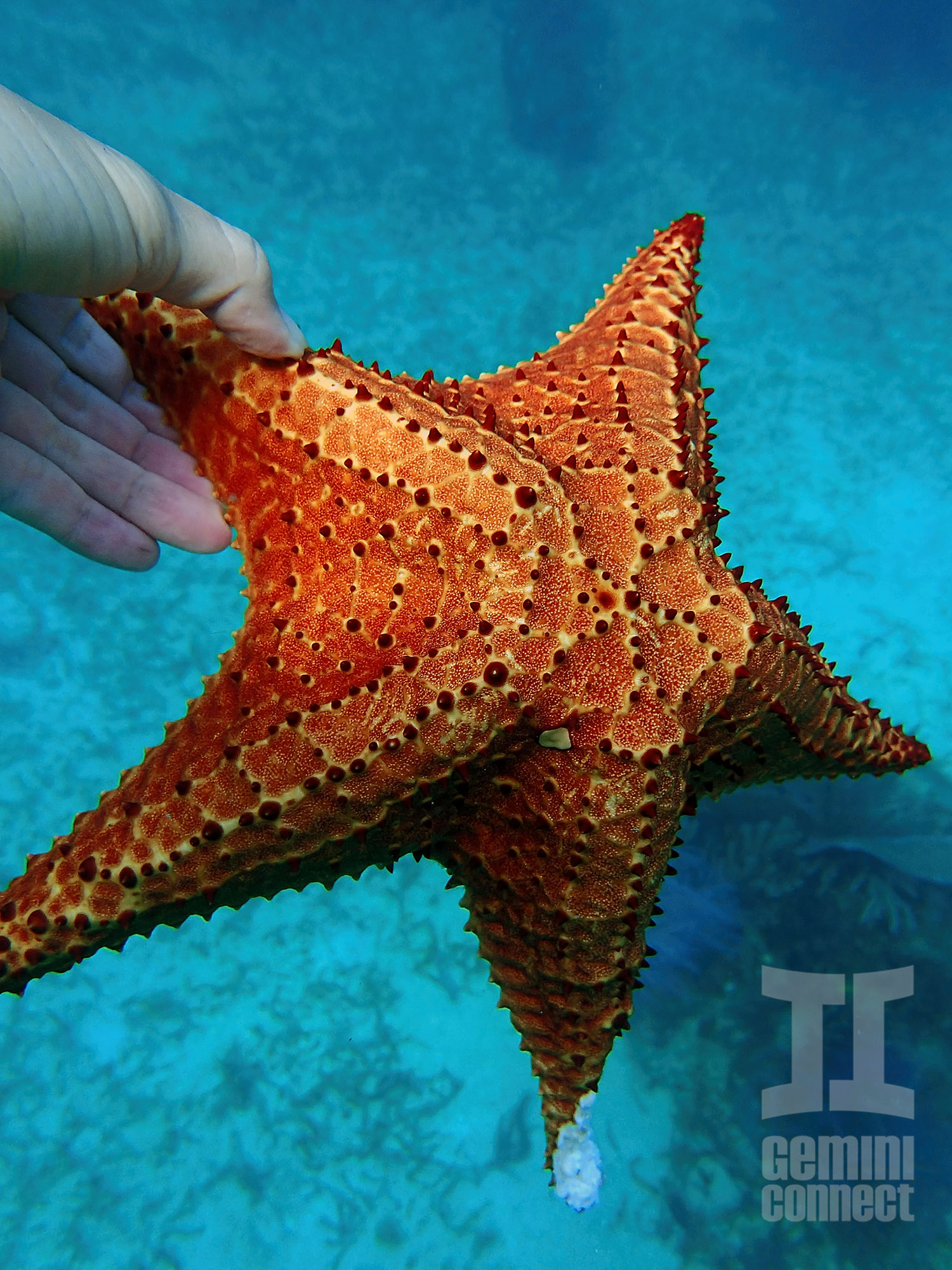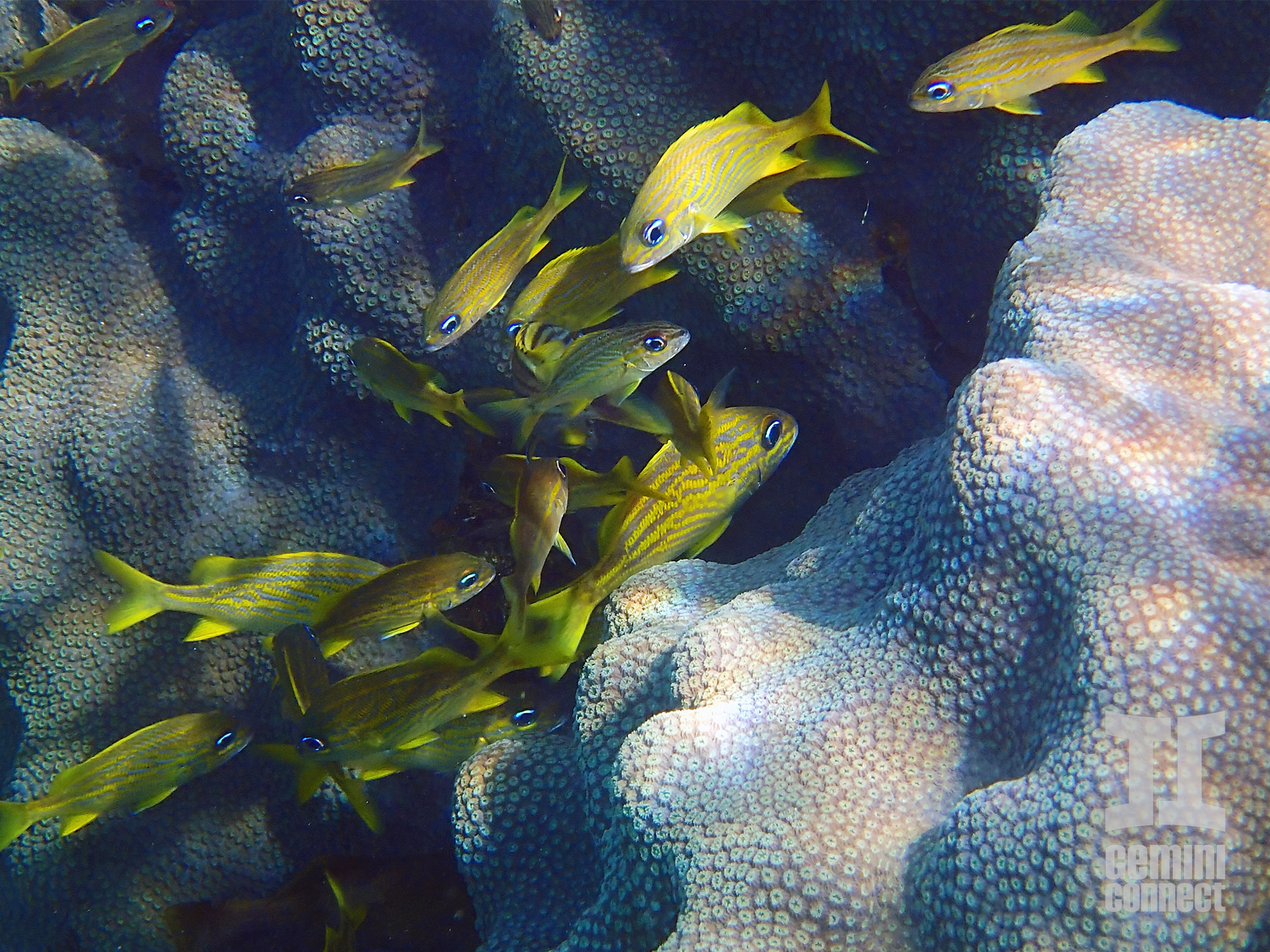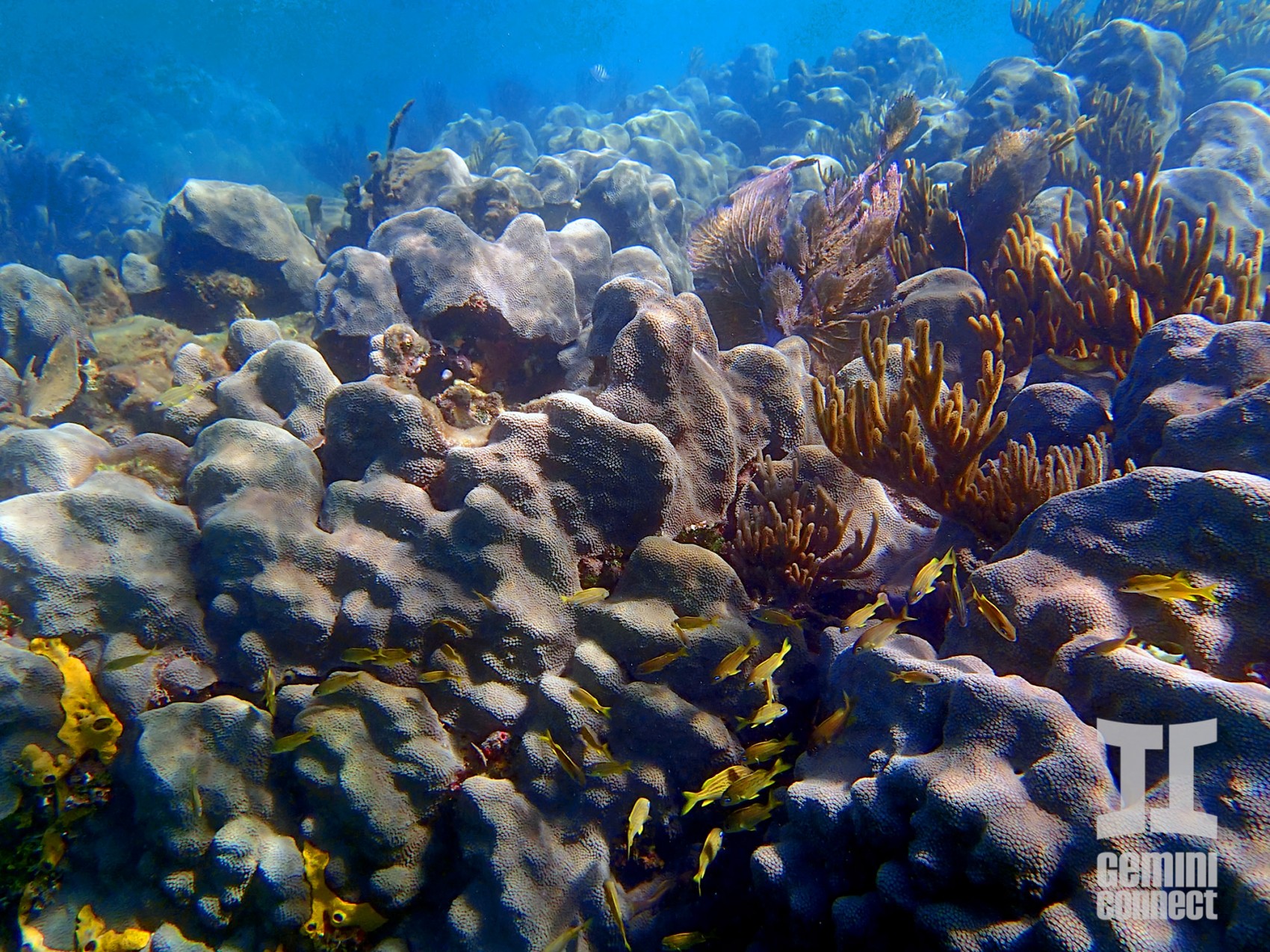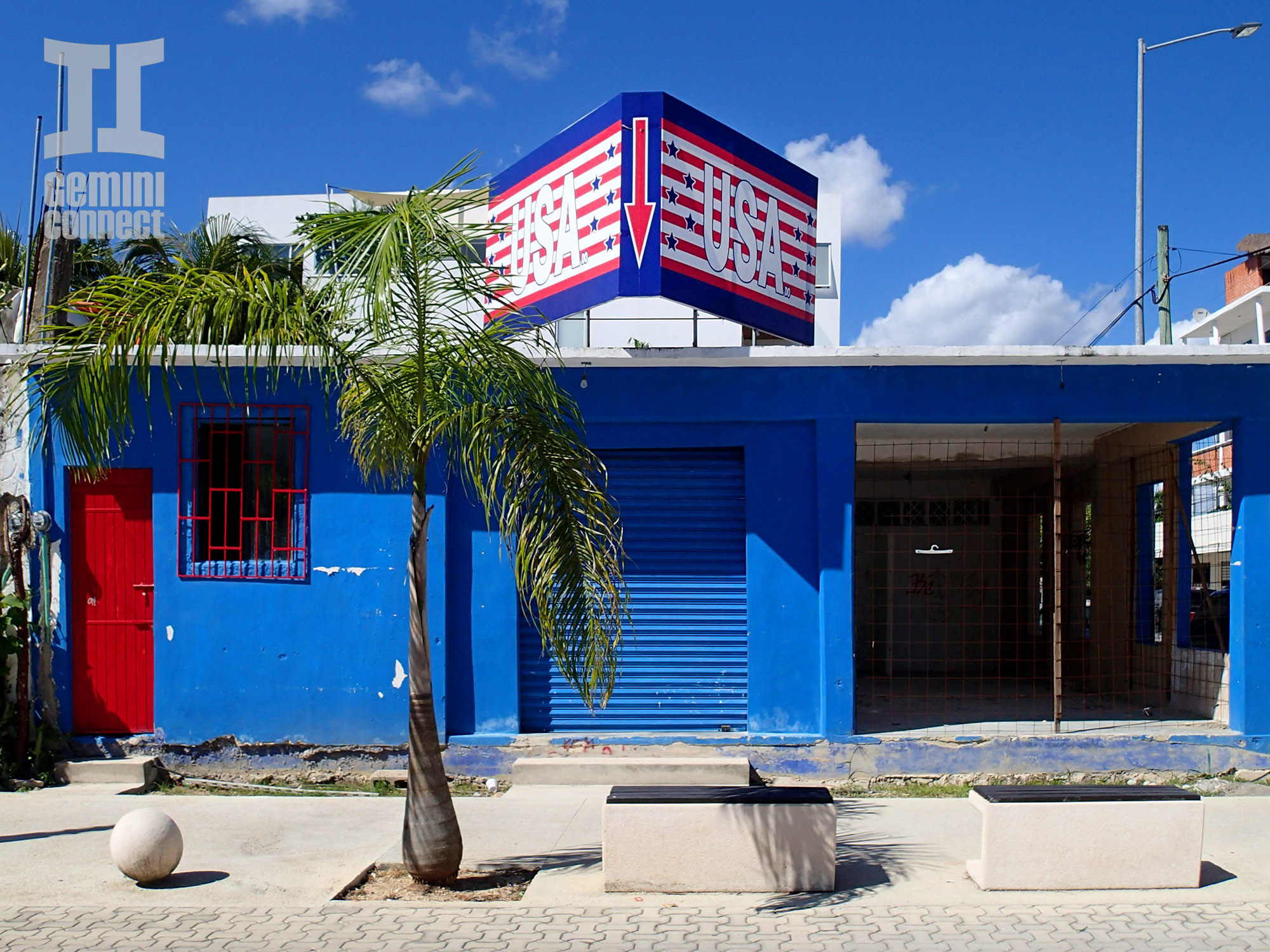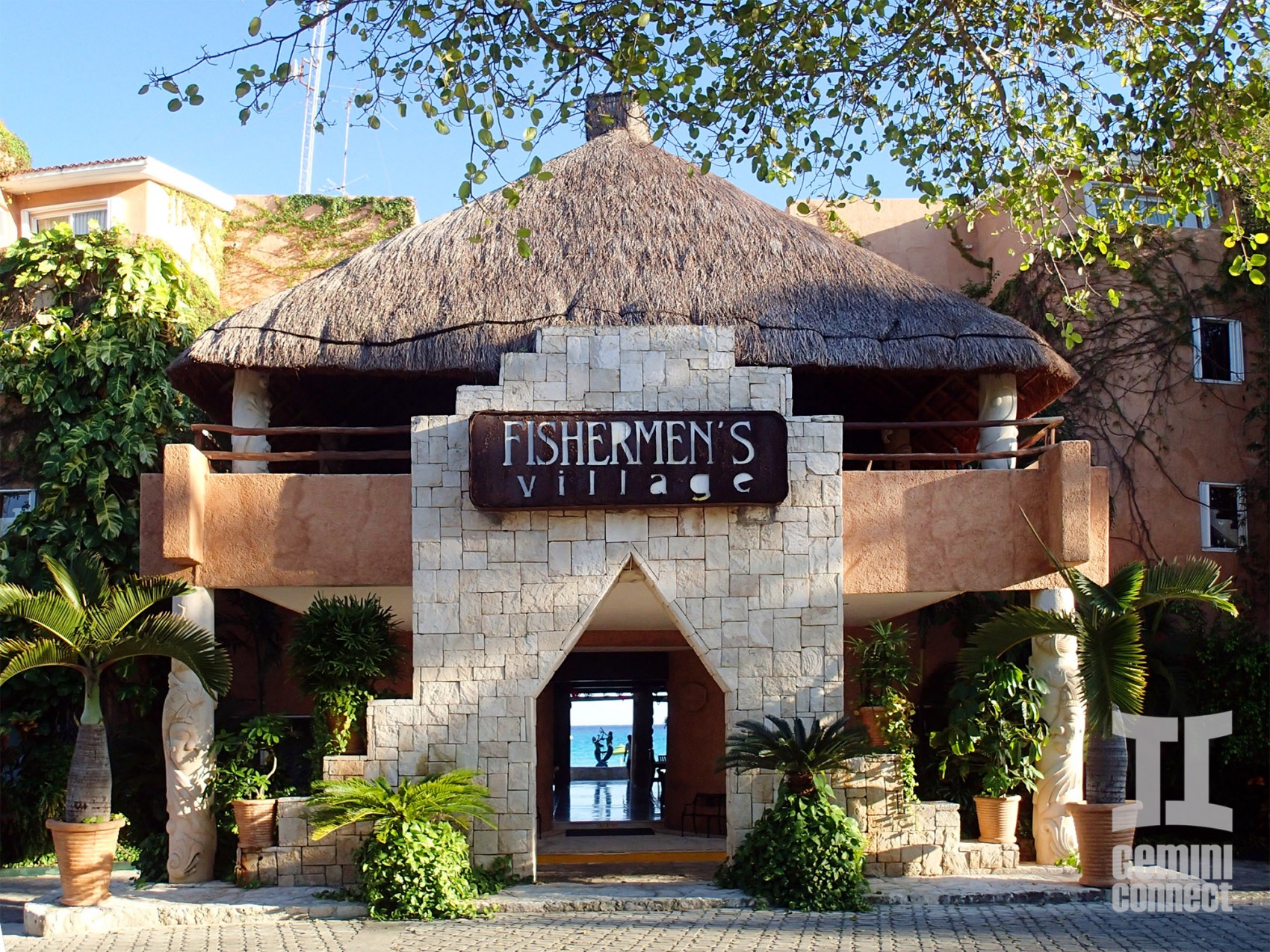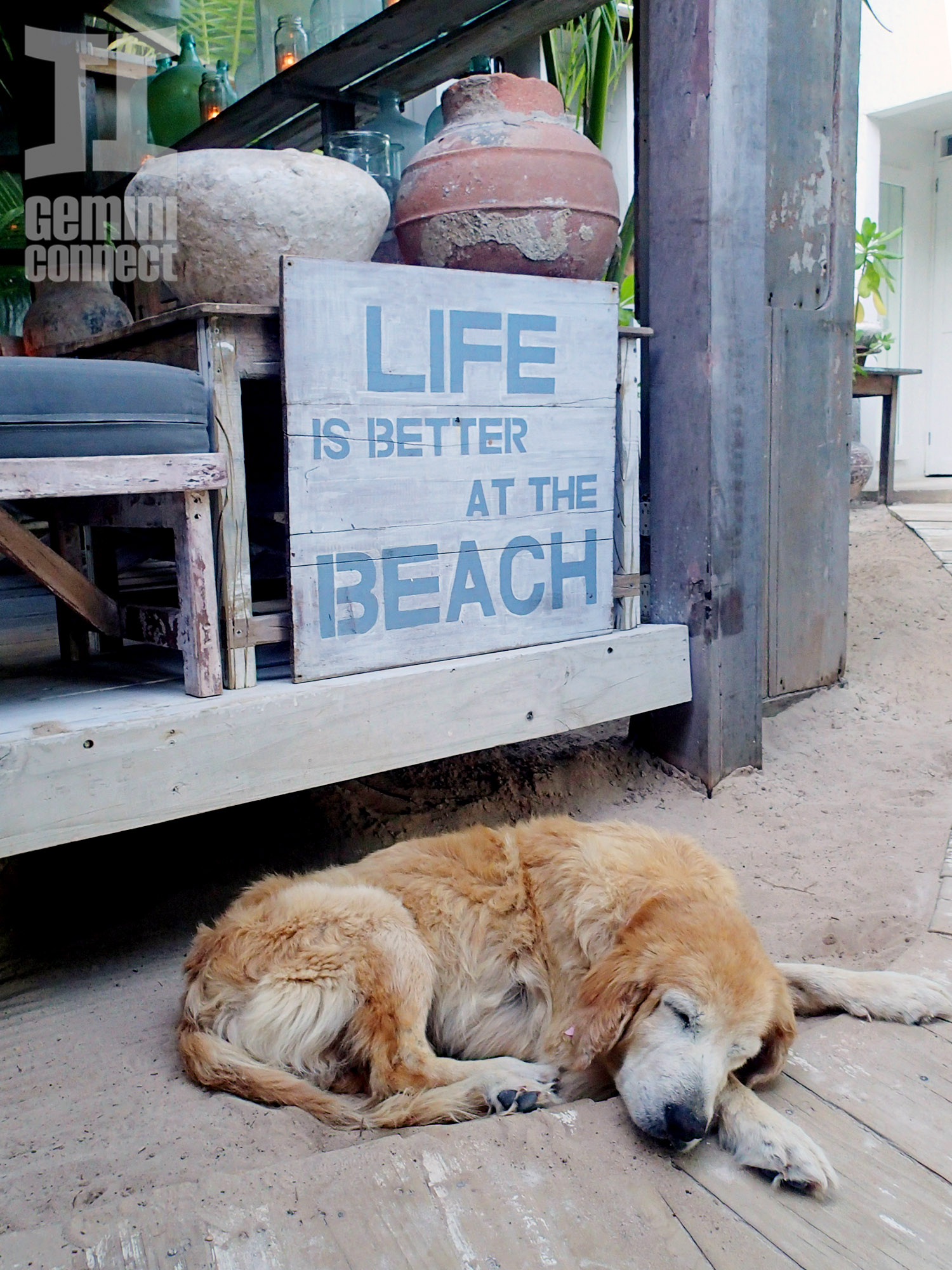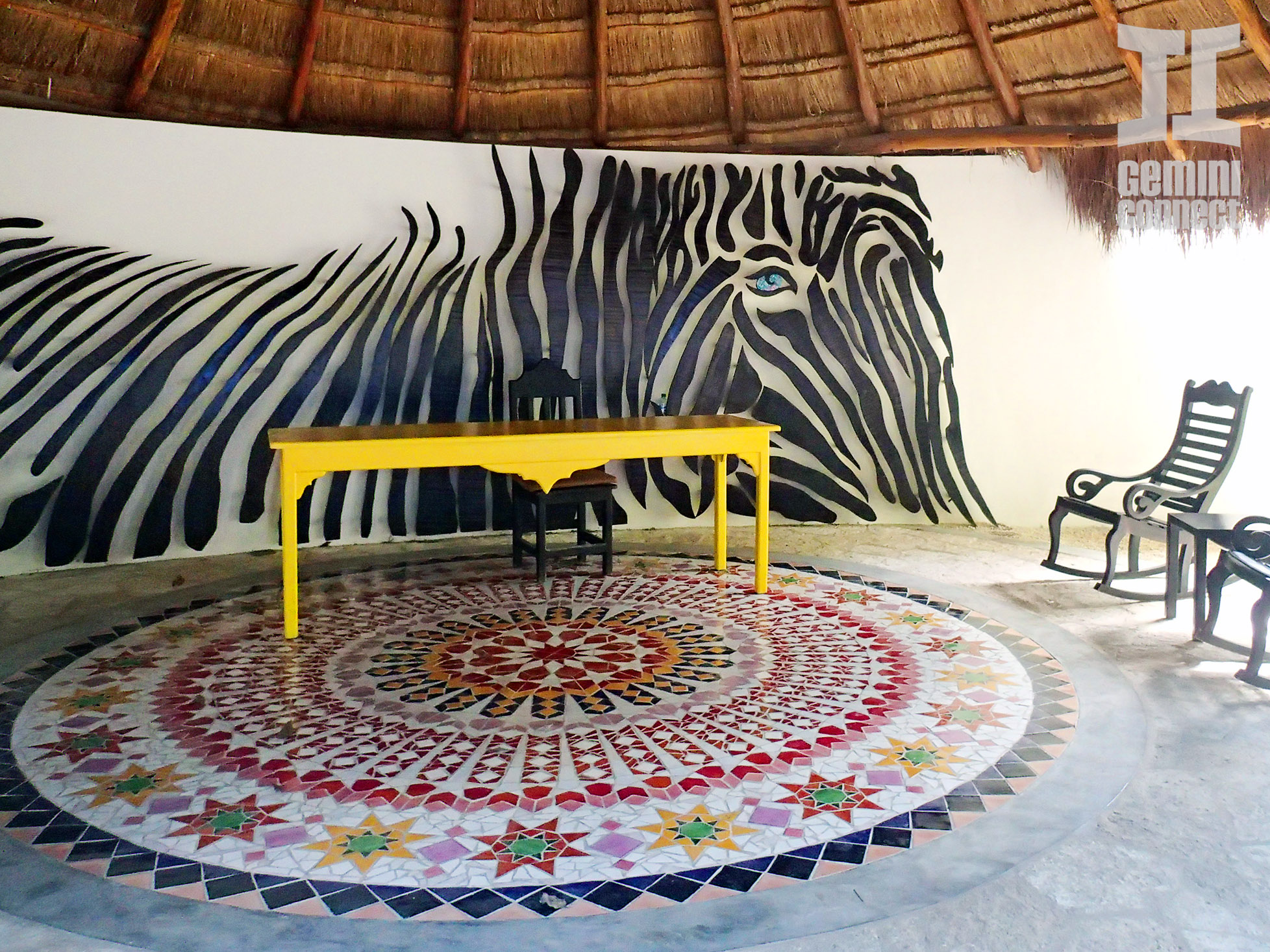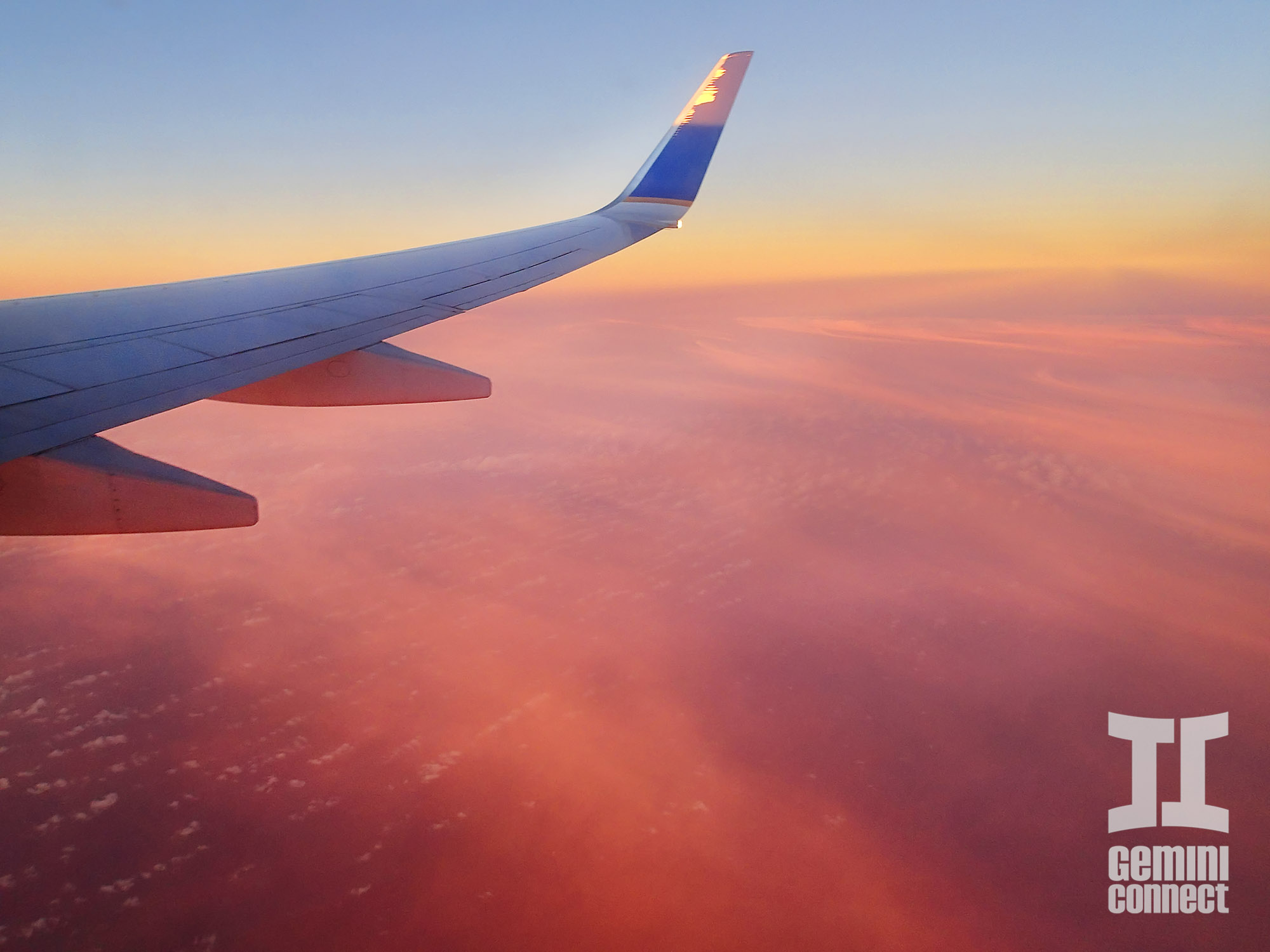Review: Olympus Tough TG-2 Underwater Travel Camera
Can a point and shoot take travel photos that are just as good as DSLR photos? It's a pretty generalized question, but with the rampant amount of progressively awesome point and shoots debuting on the market, I think it's definitely a valid inquiry these days. Before embarking on our 3 week trip to Mexico and Belize, Martin and I decided to bring 4 cameras with us: 2 DSLRs, 1 mirrorless camera, and 1 point and shoot. We ended up using the mirrorless and point and shoot to do a majority of our travel photography shooting, and based on the results below, I'd say that the image quality of these cameras definitely does rival that of DSLRs. The point and shoot we brought was the Olympus Stylus Tough TG-2, a last minute purchase because I wanted a solid underwater camera to shoot still images while snorkeling the world's second largest great barrier reef in Belize. Last year, I'd snorkeled that reef and even held a shark in my arms, but the images I captured with my GoPro Hero 2 were...less than stellar. I remember seething when I saw that another member of the tour had taken way better underwater shots with his point and shoot than my GoPro. When I found out later that he was shooting with the Olympus Tough TG-1, I put the camera on my radar, eventually scooping it up from Amazon.com.
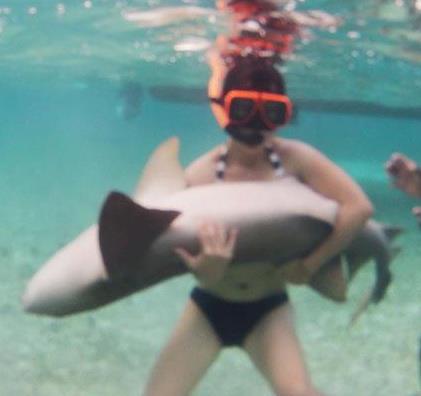
For being a point and shoot, the TG-2 isn't a cheap camera, retailing at $379 USD. It's a pretty solid camera though, with a sharp f/2 lens, the ability to shoot in aperture priority, and rugged features including being shock proof, dust proof, freeze proof, crush proof, and waterproof to a depth of 50 feet (15 feet), all without extra housing. The camera also has a super solid feel, which also means it's a little heavy. I recommend getting this accessory for the TG-2 (or any underwater camera): Foam Float Strap. All of its hatches where you put the SD memory card and connect cables are super watertight. User ratings for this camera are also ultra high, and the TG-2 even made the best of lists for PC Mag and DP Review, to name a few. All in all, the TG-2 is way cheaper than buying Ikelite underwater housing for my 5D Mark III, and more reliable than the popular DiCAPac casing.
Even though I bought the TG-2 with the intent of using it primarily in underwater scenarios, I found myself choosing to pocket the handy TG-2 as my go-to all around travel photography throughout most of the 3 week trip. Having relied heavily on DSLRs to capture most of my images for the past few years, it was a pleasant relief to be able to take a comfortable stroll with just a point and shoot, and not have to worry about leaving my heavy, expensive DSLR unattended while I took a dip in the ocean. Sure, it took some adjusting to shooting with a LCD screen (no viewfinder on the TG-2!), but overall, I had a ton of fun shooting with the TG-2 in daylight. While the TG-2 unfortunately does not come with Wi-Fi, it has a remarkable in-camera GPS system with a fun interface that properly geotagged every single image I shot with it.
Here are a few scenarios that the TG-2 really excels at:
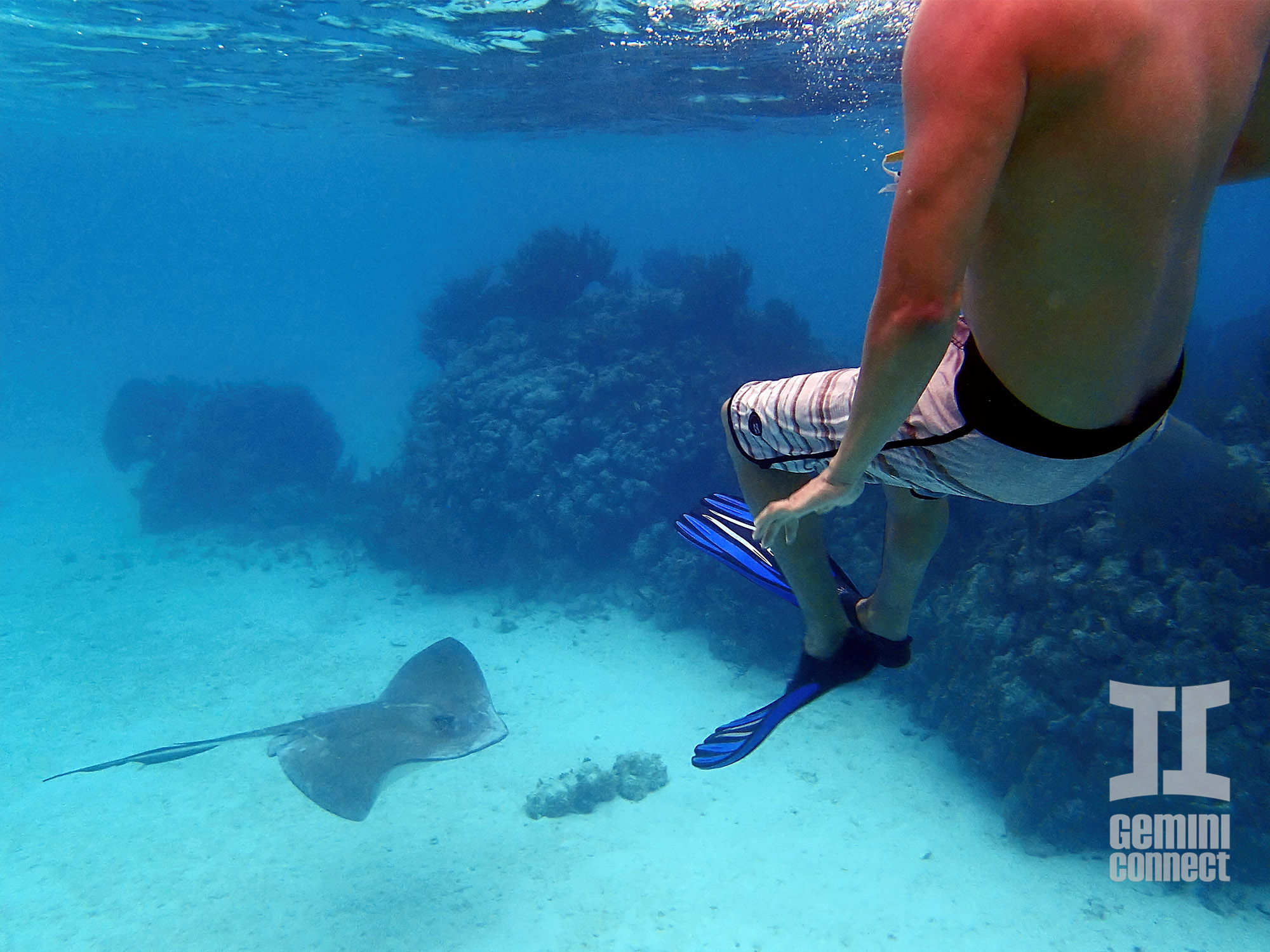
1) Macro shots.
The TG-2 has a regular macro mode, in addition to an underwater macro mode. Both capture details exquisitely well.
2) Food Photography.
There are many shooting modes the TG-2 offers including a food photography mode, which basically allows for macro shots of food and saturates the colors nicely. This mode was great for discretely capturing pics of our meals.
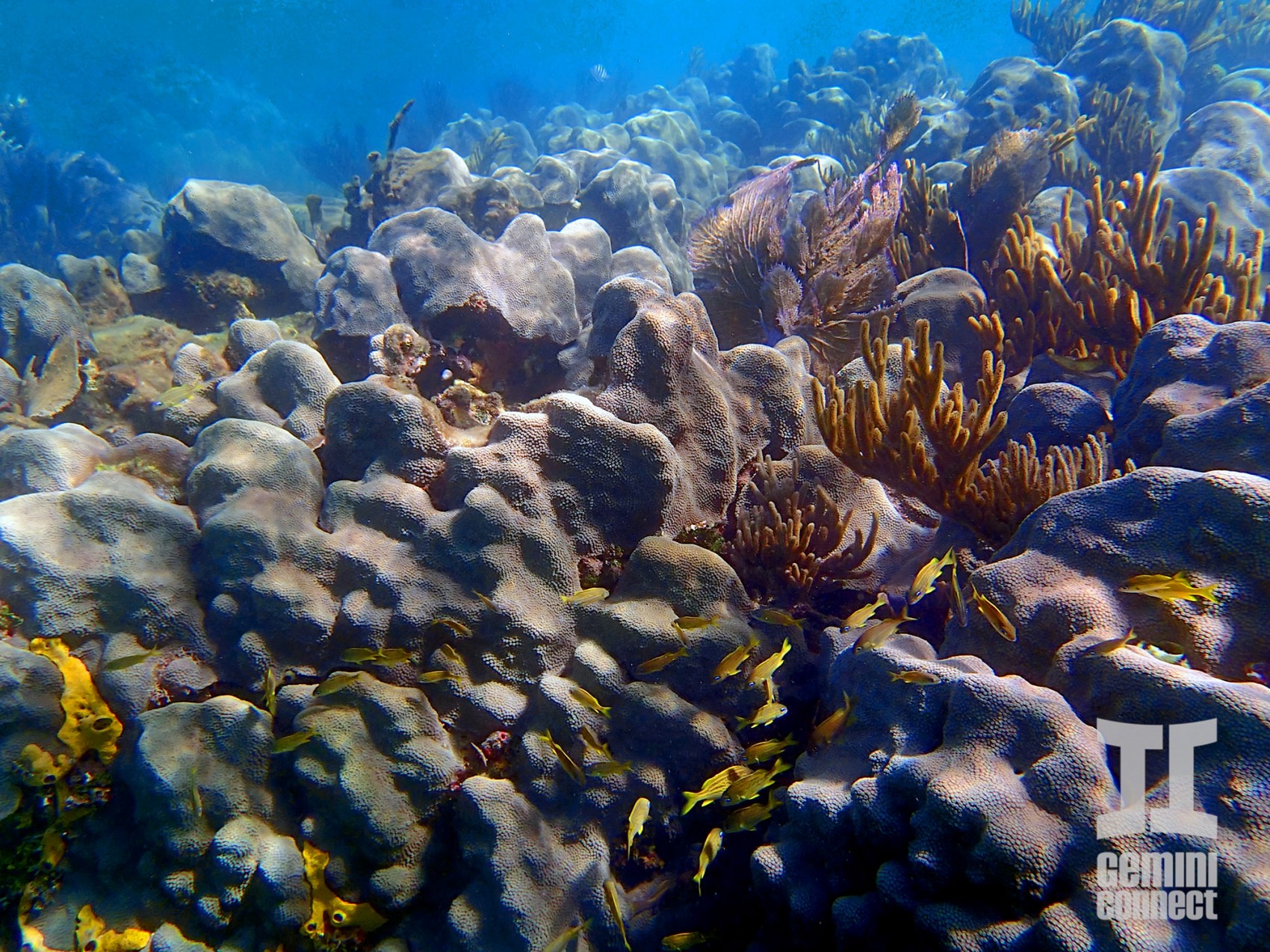
3) Underwater photography as a whole.
The TG-2 comes with several underwater modes to optimize your shooting experience in a different environment, mostly by overcompensating with cool tones. I found that I still had to fix tones and colors quite dramatically in PhotoShop, but overall sharpness and image quality were impressive.
4) Landscapes and Buildings.
When there is enough daylight, the TG-2 was great at landscapes as well as large buildings and interiors, in our case mainly the hotels we stayed at.
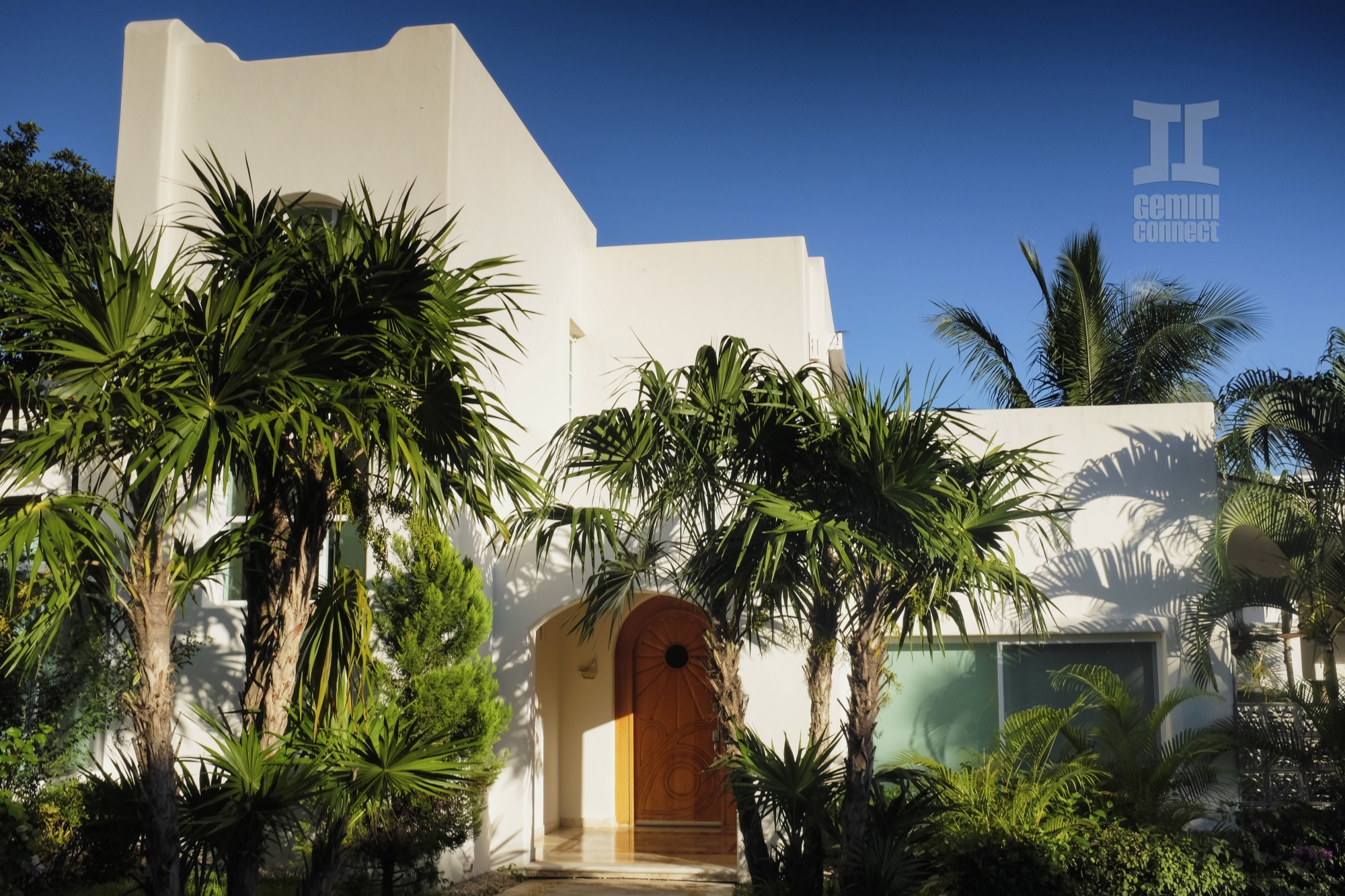
5) Casual portraits.
Despite the relatively weak in-camera flash, it still served its purpose when I was trying to illuminate very close objects.
6) Cat mode.
I'm not even kidding, there is a cat mode and a dog mode on this camera, supposedly to make the camera focus on what it deems to be a cat or dog face. This mode excelled when cats were literally in my face, but it flopped when the cat or dog was moving too much.
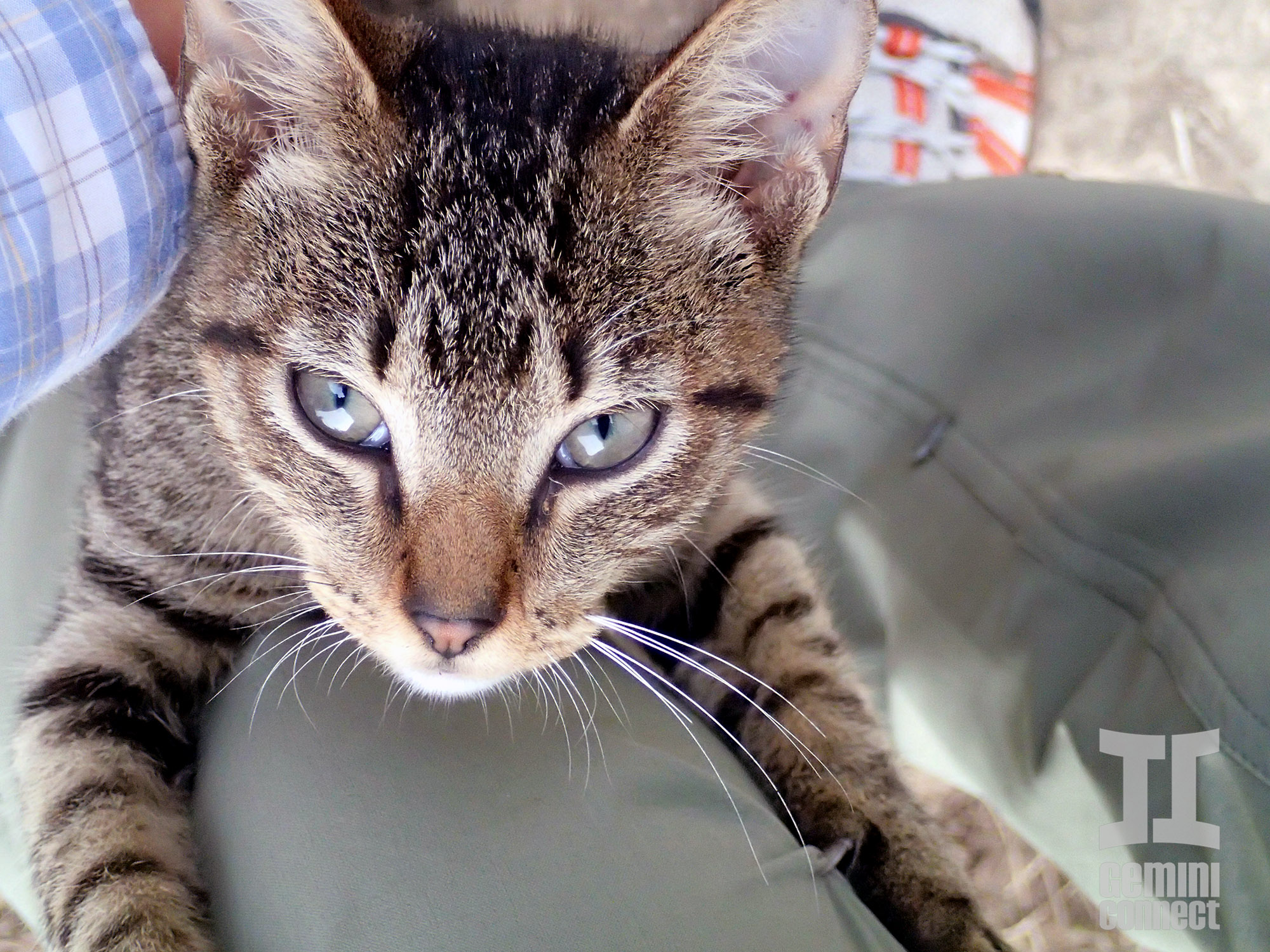
While the TG-2 as a whole served as a great travel camera, there were a few scenarios when my DSLR was a clear winner, such as when I took star photos at night, composed some portraits of clients with off camera flash, and when I shot live action images. In other words, when it comes to shooting night shots, the TG-2's results are noticeably grainier, especially at its maximum ISO of 6400. The built in flash on the TG-2 is also incredibly weak, only making an impact when the subject you want to illuminate is within 2 meters of you. And even though the TG-2 comes with a fast f/2 aperture and a focal range of 28-140mm, it couldn't quite match the images my 5D Mark III took of cantering horses.
In sum, the Olympus Tough TG-2 has become my favorite all around pocket camera that I'm more likely to tote along when on a casual stroll or not on assignment. I highly recommend it as a vacation camera for both the casual and professional photographer, depending of course on what kind of photos you aim to take. For more specs and user reviews on this camera, click here.
Check out more images taken exclusively with the TG-2 in the gallery below, with the full gallery available here. No images were photoshopped beyond resizing and watermarking, with the exception of the underwater shots which needed minor color and tone adjustments.

